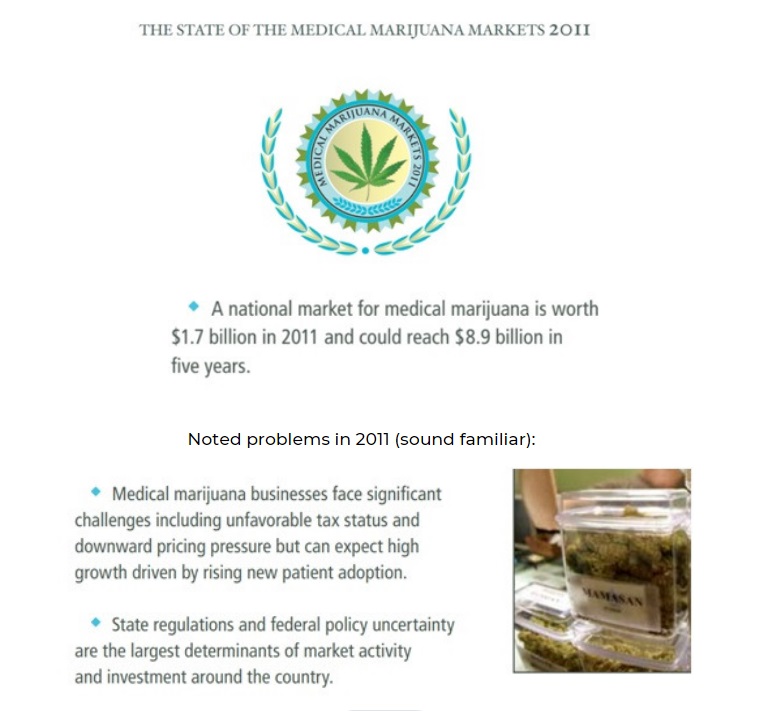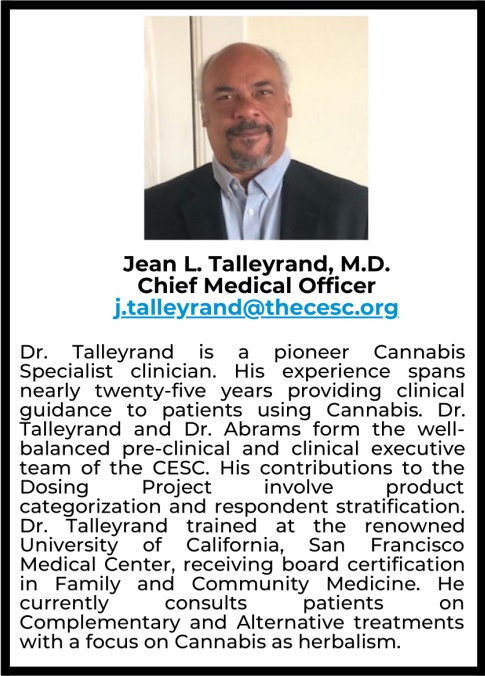Nowadays, it’s tough to be a cannabis operator. Wholesale prices are crashing, there are increasing levels of competition, an ever-changing regulatory landscape, an unfavorable and unsafe tax regime, and a dozen other major thorns on your side. And now we appear to be in or headed towards a global economic recession some macroeconomic analysts are predicting to be quite severe and long-lasting. Inflation, supply chain breakdowns, higher interest rates, low economic growth, and high unemployment are either on the horizon or are already in place..

Is the cannabis market going to make it? Am I going to make it? These are common questions of those in the industry.
While the effects, length or severity of a recession are anyone’s guess, there is a silver lining that many other industries can’t rely on. New marketing and new customers are coming into the cannabis market regardless of an economic downturn.
Multi-billion-dollar markets are opening on the East Coast: New York, Connecticut and New Jersey are coming online with much pent–up growth. Regardless of the severity of the economic downturn – the size and strength of the cannabis market will continue to grow.
Will we get something positive out of DC in 2022? Maybe.It’s always hard and often frustrating to predict positive cannabis legislation passing federally. Pressure and momentum continues to grow on SAFE Banking Act or similar omnibus legislation that falls short of federal legalization passing this year. If passage does occur it will act as a massive stimulus to the entire industry; lowering operating costs and opening up new flows of capital and financial opportunities currently unavailable due to federal legal restrictions.
States are continuing to act and move forward, here are some highlights:
- Rhode Island just legalized adult use cannabis sales.
- Illinois just announced they will double the number of cannabis retail licenses.
- Maryland, Missouri and other states may pass adult use or medical cannabis legislation through the ballot box or state legislatures this year.
- Pennsylvania and other states are acting to provide state level 280E tax relief.
- A three-year cultivation tax holiday is about to kick off in California.
- More and more local municipalities are opening up opportunities for cannabis businesses to establish..
Also don’t forget where we’ve come from. In 2011 the Arcview Group released a first of its kind report on the State of the Legal Cannabis Market in North America –

Historically, it’s never been easy to operate in this space.
This was only 10 years ago. Going from $1.7 to $24 billion in total sales in a decade is impressive in anyone’s book, and we know 2022’s total market size will be bigger still. What can we realistically imagine the cannabis industry will look like 10 years from now in 2032?
- Federally legal cannabis market with interstate commerce
- Plant touching companies listed on US stock exchanges
- Major cannabis brands recognizable to most Americans
- Hundreds of billions of dollars in M&A activities
- A $40 billion+ annual global market in the US, Germany and other markets around the world
In short, a dramatically different US and global cannabis environment will exist. Take the long view on the cannabis industry and you can only be optimistic. What can you contribute to make this dream a reality in your own business, your own cannabis dreams, your own positive cannabis advocacy?
Editors’ Note: This is an excerpt from our Monthly Playbook. If you would like to read the full monthly playbook and join the thousands of others you can sign up below.







